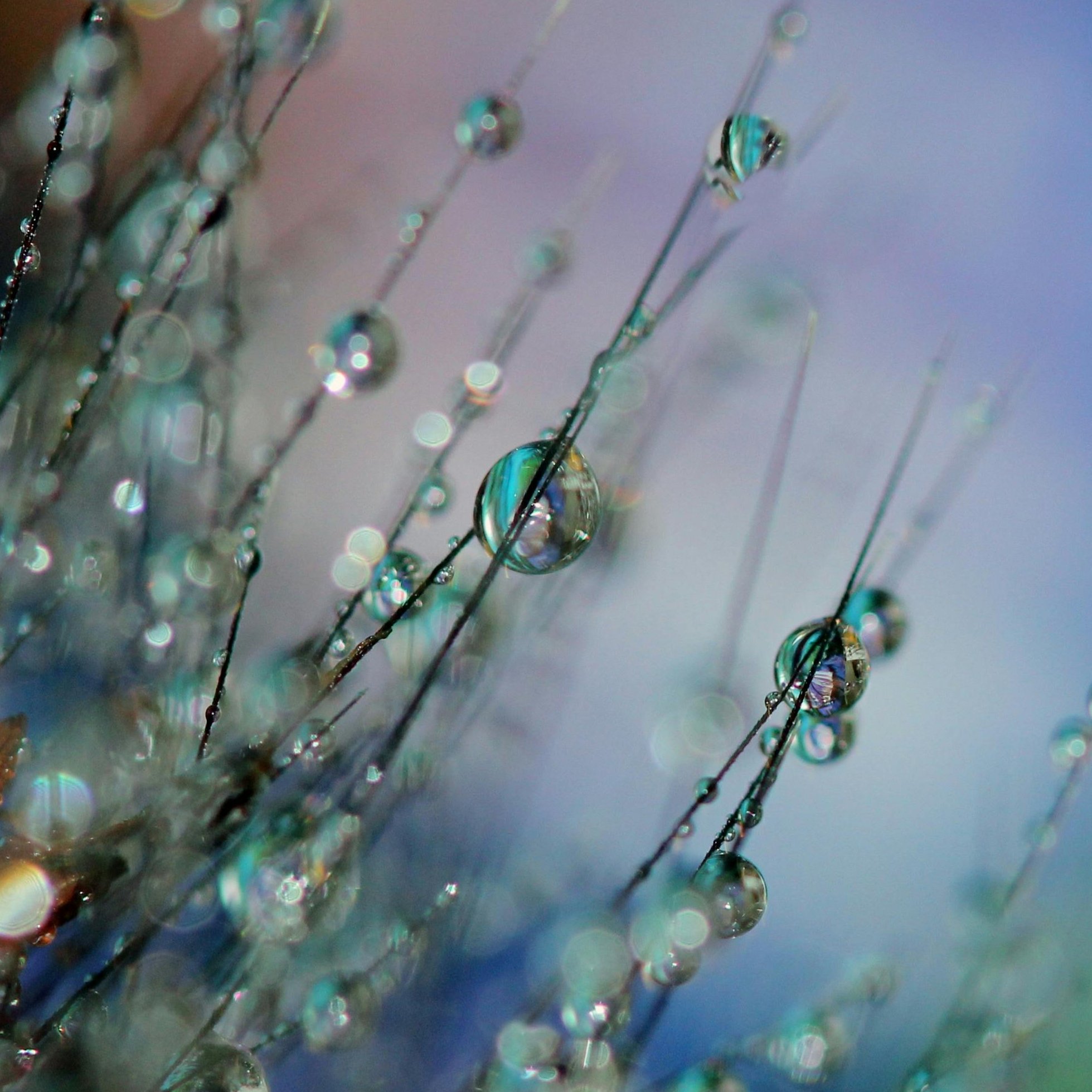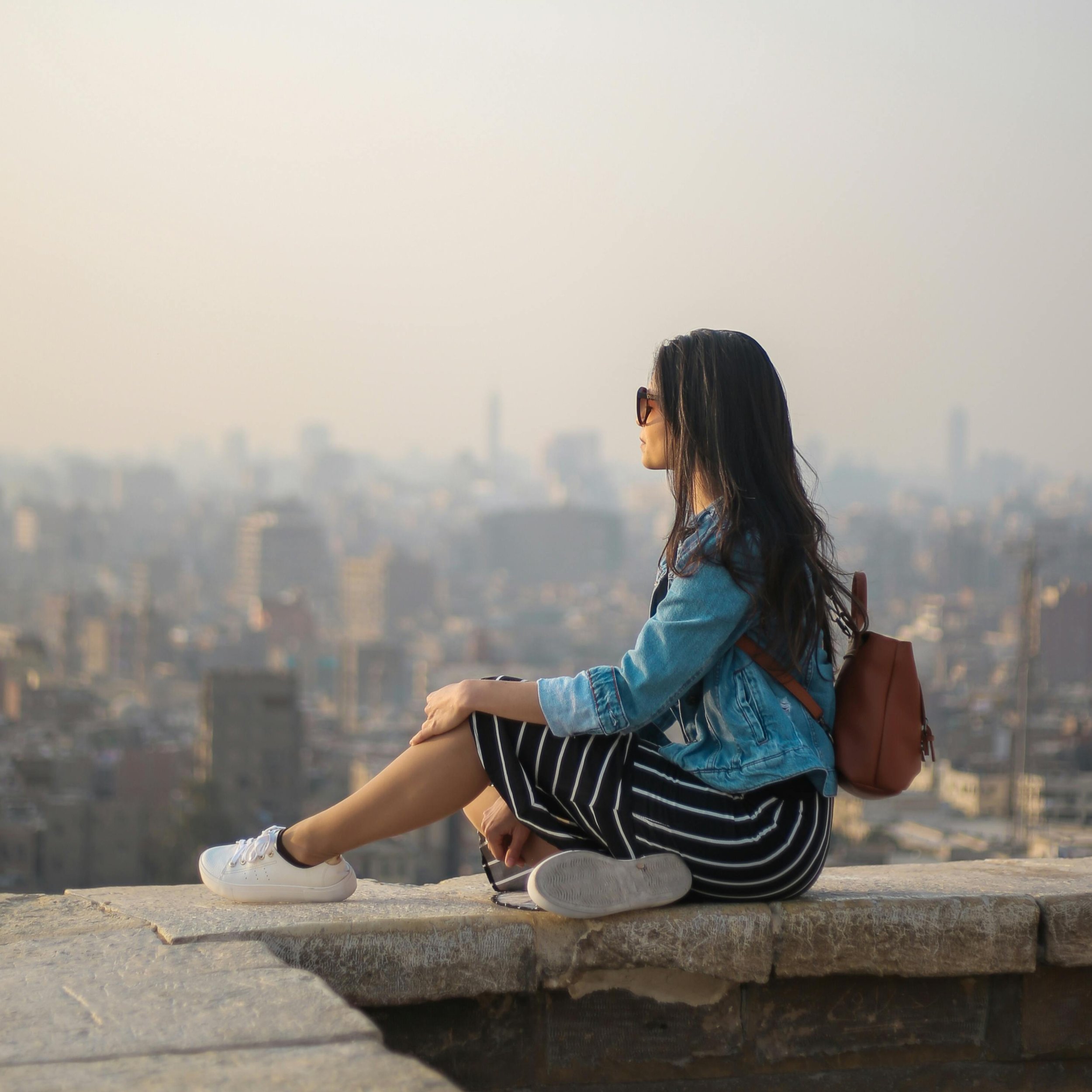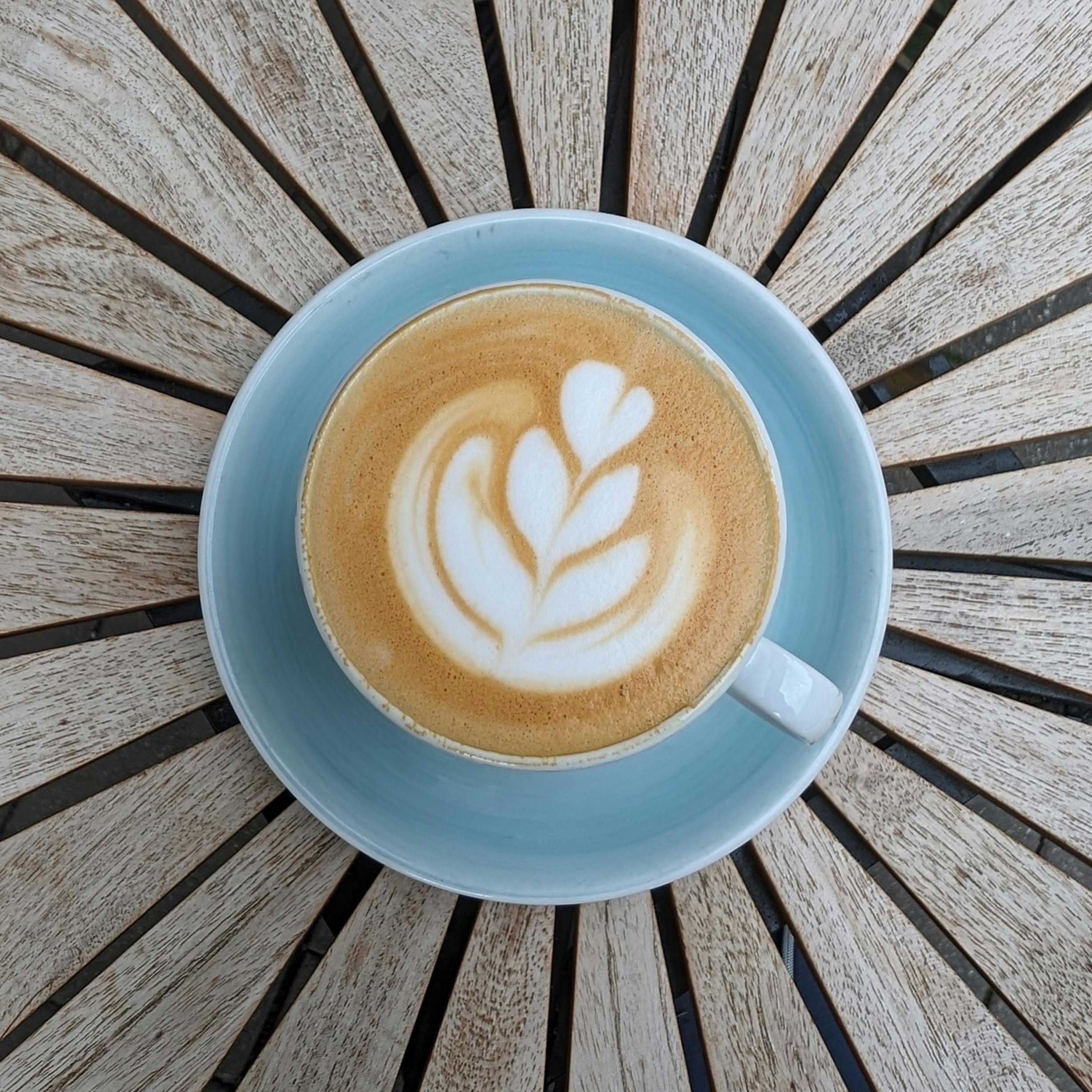When Photography and Paint on Canvas Combine to Create Artistic Magic
The definition of art is that it is a human activity or the product of human activity aimed at stimulating human senses, as well as the human mind and spirit. As people's needs expand, so does their desire to open new horizons regarding many things, including art.
Something that stands out as a captivating phenomenon is the fusion of professional photography and painting on canvas. Observers can interpret these pieces in a dual manner - through the lens and the brush. Let's explore this topic further.
The Genesis of Mixed Media Art
What is mixed media art? Mixed media art is a creative frontier where various artistic materials and methods are combined.
This innovative approach has roots that stretch back to the early 20th century, a time when avant-garde movements such as Cubism and Dadaism began to challenge the conventional boundaries of art. These movements promoted the integration of various textures, materials, and forms to communicate complex meanings and contemplate the nuances of modern life.
It was a period that redefined art as a multidimensional dialogue between the creator and the observer, pushing the boundaries of creative expression.
What has mixed media art brought us and why is it important:
It encourages artist innovation: By mixing different forms of art, mixed media art stimulates creative thinking and innovation, enabling artists to explore uncharted territories of artistic expression.
It enhances expressive capabilities: It provides artists with unparalleled freedom to convey complex ideas and emotions, using a wide range of elements from different mediums.
It enables increased viewer engagement: Mixed media art offers a layered and immersive experience, encouraging deeper interaction and interpretation by the audience, thereby enriching the emotional and intellectual connection with the artwork.
Techniques and Processes
The fusion of photography and painting on canvas involves various techniques and processes that artists use to create their unique works, and some of these techniques and processes include:
Layering: Artists apply photographs in layers with paint to add depth and texture.
Photo Transfer: The process of transferring photographic images onto the canvas before painting.
Digital Manipulation: Before printing, photos are digitally altered to seamlessly blend with paint.
Hand Coloring: Adding hand-painted details to printed photographs on canvas.
Mixed Media Collage: Combining photographic prints with other materials before adding paint.
Glazing: Applying thin layers of paint over a photograph to achieve luminosity.
These techniques and processes are crucial for innovation. These two mediums merge and are in symbiosis, which means each benefits from the other - each can enhance the strengths of the other, leading to artworks that are rich in narrative and emotional depth.
The Enchantment of Painted Photographic Wall Art
Painted photographic art on canvas is significant because it:
Highlights innovation in art
Explores emotional depth
Emphasizes the blend of realism and imagination
Attracts a diverse audience
Evokes a nostalgic feeling
Painted photographic art on canvas represents a mesmerizing intersection where the vivid reality captured by the lens meets the boundless imagination of the brush. This fusion brings a unique synergy between photography and painting, creating a new dimension of wall art that resonates on a deeply personal level with viewers. The tactile depth and texture added by paint layer meanings and emotions to the crisp photographs, transforming them into works that speak not only to the eyes but also to the soul.
By intertwining the precision of photography with the expressiveness of painting, this form of art enriches the aesthetic and emotional landscape of any space, making it an appealing choice for anyone wishing to fill their space with the magic of visual storytelling.
The importance of this fusion lies not just in creating beautiful wall art but also in opening new horizons between the artist, the artwork, and the observer, fostering a deeper connection and understanding through the power of visual synthesis.
Digital Alchemy in Artistic Fusion
Let's start with what digital art is. Digital art is a form of art that relies on technology and digital tools for creation and expression of artistic ideas. This can encompass various forms, such as digital painting, graphics, photography, video art, animation, and interactive installations.
What's particularly interesting about digital art is its blend of technology and creativity, where artists use digital tools to convey their ideas in an entirely new way.
Starting from the premise of what digital art is, we enter into the territory of digital alchemy in artistic fusion. In the unique blend of photography and painting on canvas, digital tools act as transformative agents that enable the metamorphosis of conventional imagery into novel expressions of art.
Digital alchemy in this context refers to the process by which artists use software and digital manipulation to merge the tactile essence of painting with the precision of photography. It's here, in the layering of pixels and brush strokes, that a new visual language is born—one that challenges our perception of reality and artistry. Important to know is that:
Artists harness the power of digital platforms to enhance or completely reimagine photographic images before they ever touch the canvas.
Techniques such as digital layering, color correction, and virtual texturing allow for a preparatory exploration of the final artwork, often enabling outcomes that would be impossible to achieve through traditional means alone.
The Art of Perception
Perception is the ability to receive, process, and interpret information that we obtain through our senses. It is a cognitive process that allows us to understand our environment through the stimuli we receive through our senses. This important cognitive skill is essential for our daily life as it enables us to understand our surroundings.
The types of perception are:
Perception of Sight
Perception of Hearing
Perception of Touch
Perception of Smell
Perception of Taste
The perception of sight-visual perception, particularly, stands at the forefront of how we engage with the world of art. It is through our visual faculties that we discern colors, shapes, textures, and spatial relationships, making sight paramount in appreciating and interpreting art.
Sight bridges the gap between the tangible texture of paint and the captured moment in photography, allowing us to experience a piece of art not just as a mere visual representation but as a portal into the artist’s vision.
This fusion of mediums, viewed through the lens of our visual perception, creates a dialogue between the artwork and the observer, enriching our understanding and appreciation of art.
Sight, therefore, not only guides us in navigating the physical world but also deepens our connection to the abstract and the imaginative, highlighting its indispensable role in the art of perception.
Conclusion
As we've explored the enchanting blend of photography and painting on canvas, it's clear that this artistic fusion transcends traditional boundaries, creating a mesmerizing synergy. Through the interplay of light, texture, and color, artists invite us into a realm of visual storytelling that captivates and inspires. This fusion challenges our perceptions and enriches our experience of art, reminding us of its limitless possibilities and the magic that arises when different mediums converge.
Get Free Presets for Lightroom created by top photographers to update your presets collection, save down on editing time, and open up new artistic horizons.


















